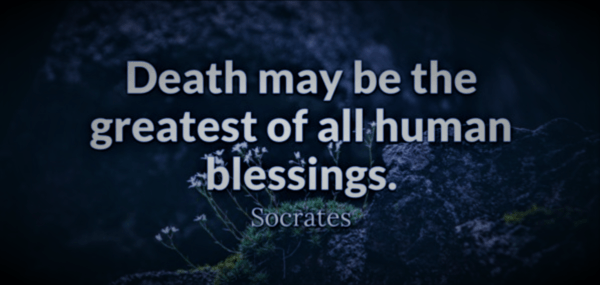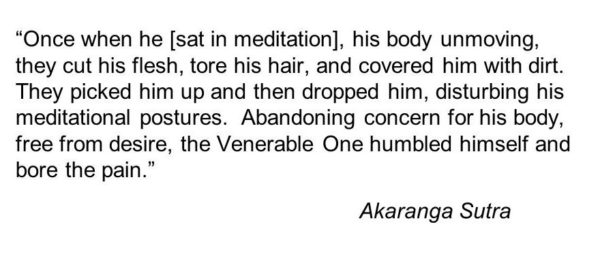The Buddha’s Teaching on Tilakkhana: Understanding the 3 Marks of Existence
In Buddhist philosophy, there are several key concepts that help us understand the nature of reality and our place within it. One such concept is tilakkhana, also known as the three marks of existence or the three characteristics of existence. These marks were first introduced by the Buddha himself in his teachings on the nature of suffering and the path to liberation.
In this comprehensive guide, we will delve into each of these marks, exploring their meaning, significance, and practical applications for our daily lives. Whether you are a seasoned Buddhist practitioner or simply curious about the teachings of the Buddha, this explanation is designed to be clear, concise, and accessible to readers.

Mark 1: Anicca (Impermanence/Transitoriness)
The first mark of existence is anicca, which refers to the impermanent or transitory nature of all phenomena. This means that everything in life is constantly changing, nothing remains static or permanent. Even the most seemingly solid and enduring things are subject to change, decay, and ultimately, destruction.
To illustrate this concept, consider a candle flame. The flame appears to be constant and unchanging, but it is actually impermanent and ephemeral. It flickers, dances, and eventually extinguishes itself. This is anicca in action – the flame’s existence is temporary and subject to change.

Anicca has several key implications for our understanding of reality:
Nothing remains the same: Anicca teaches us that everything is constantly changing, including ourselves. Our thoughts, emotions, physical bodies, and even our relationships with others are all impermanent.
Change is inevitable: Impermanence means that change is an inherent part of life. We must learn to accept this reality and adapt to the ever-changing world around us.
No permanent self exists: Anicca challenges the idea of a fixed, unchanging self or ego. Instead, we are constantly evolving and changing, like the wind.
Mark 2: Dukkha (Suffering)
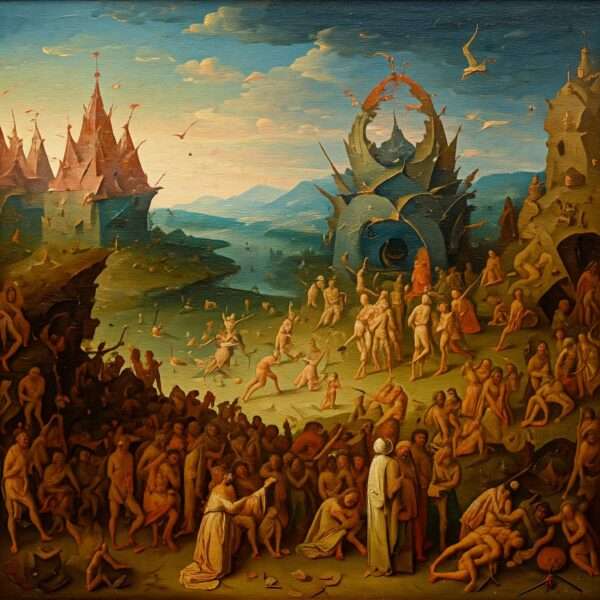
The second mark of existence is dukkha, which refers to suffering or dissatisfaction in life. This can take many forms, including physical pain, emotional distress, mental anguish, and even seemingly minor annoyances. Dukkha arises from our attachment to things that are impermanent and unreliable.
To illustrate this concept, consider a person who becomes deeply attached to their possessions. They may experience joy when they acquire new items, but as soon as the object loses its value or is taken away, they feel suffering and disappointment. This is dukkha in action – our attachment to things that are impermanent leads us into unnecessary pain.

Dukkha has several key implications for our understanding of reality:
Suffering arises from craving: Dukkha teaches us that we create our own suffering by clinging to things that are impermanent and unreliable. When we crave something, we set ourselves up for disappointment.
Attachment leads to pain: Our attachment to things, people, or ideas can lead to great suffering when they inevitably change or disappear.
Freedom from dukkha requires letting go: To overcome suffering, we must learn to let go of our attachments and accept the impermanent nature of all phenomena.
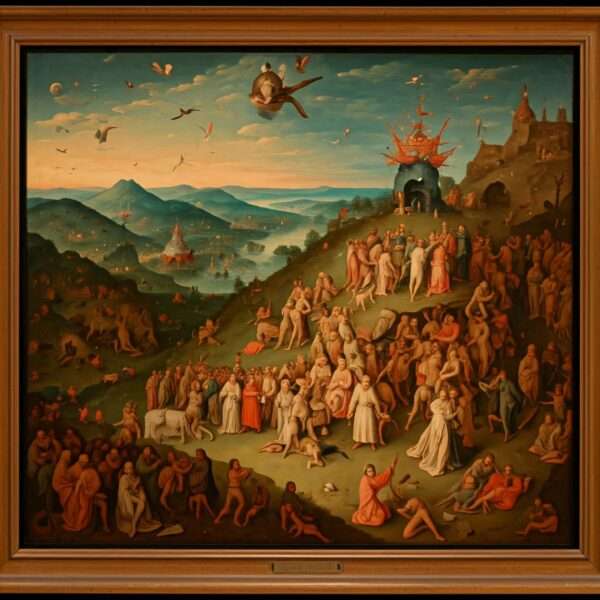
Dhammapada PDF Ebook from Buddhanet (Free).
The third mark of existence is anattā, which refers to the lack of a permanent or unchanging self. This means that there is no fixed, essential core to our being; instead, we are constantly changing and evolving like the wind. To illustrate this concept, consider a river. The water in the river appears to be constant, but it’s actually constantly flowing and changing. Similarly, our thoughts, emotions, and physical bodies are all impermanent and subject to change.
Anattā has several key implications for our understanding of reality:
No permanent self exists: Anattā teaches us that there is no fixed, unchanging core to our being. We are constantly evolving: Our thoughts, emotions, and experiences are always changing; we must learn to adapt to these changes. To Attain Freedom from Avicca (False Views), we must gain true understanding of the nature of, and the the meaning of anattā, requires non-identification: To overcome the illusion of a permanent self, we must learn to let go of our attachments and cease to identify with things that are impermanent.

Practical Applications: Understanding Tilakkhana in Daily Life
Now that we have explored each of the three marks of existence, how can we apply this understanding to our daily lives?
Acceptance: Recognize that everything is constantly changing, including ourselves. Accepting anicca means embracing change and impermanence.
Non-attachment: Let go of attachments to things, people, or ideas that are impermanent and unreliable. This will help you avoid unnecessary suffering.
Mindfulness: Cultivate mindfulness by being present in the moment, observing your thoughts and emotions without judgment. This will help you develop a greater understanding of anattā.
Compassion: Practice compassion towards yourself and others when we experience dukkha or suffering. Recognize that everyone is impermanent and subject to change.
The Buddha’s teaching on Tilakkhana provides us with a profound understanding of the nature of reality and our place within it. By recognizing anicca, dukkha, and anattā, we can develop greater acceptance, non-attachment, mindfulness, and compassion in our daily lives.
As you reflect on these marks, remember that they are not just abstract concepts but living realities that shape our experiences every day. May this understanding guide you towards a deeper sense of peace, liberation, and freedom from suffering.
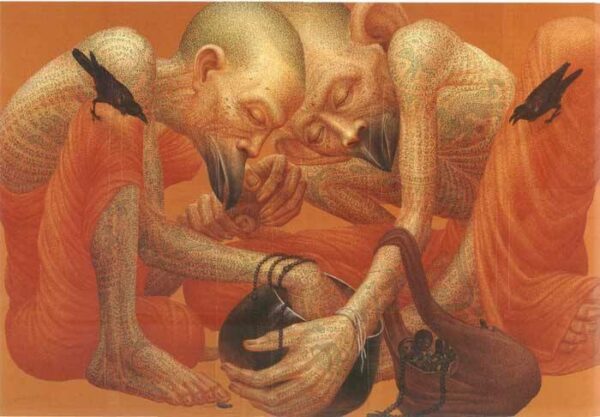
Recommended Reading
For those interested in exploring the Buddha’s teachings further, we recommend the following texts:
The Dhammapada: A collection of teachings attributed to the Buddha himself.
The Sutta Pitaka: A comprehensive collection of Buddhist scriptures that include discussions on tilakkhana and other key concepts.
“The Three Marks of Existence” by Bhikkhu Bodhi: An in-depth exploration of each mark, including practical applications for daily life.
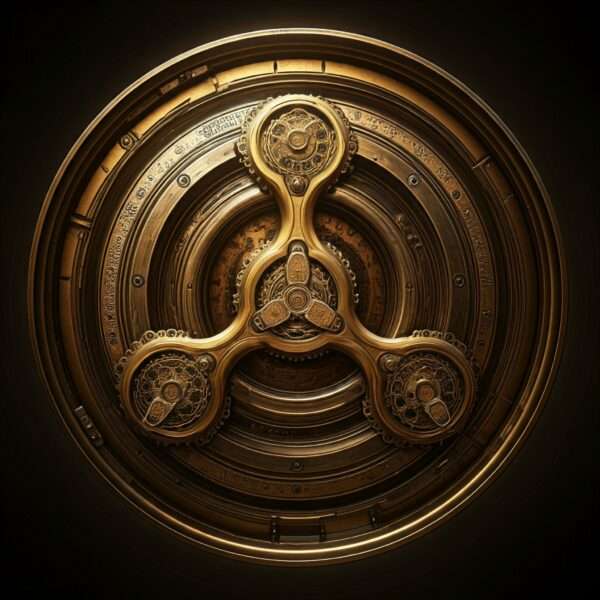
Final Thoughts
Tilakkhana is a powerful tool for understanding the nature of reality and our place within it. By embracing anicca, dukkha, and anattā, we can develop greater acceptance, non-attachment, mindfulness, and compassion in our daily lives. May this teaching guide you towards a deeper sense of peace, liberation, and freedom from suffering.
Additional Resources;
For those interested in exploring the Buddha’s teachings further, we recommend:
Buddhist scriptures: The Pali Canon, Mahayana sutras, and other Buddhist texts offer insights into tilakkhana and its practical applications.
Meditation retreats: Participating in meditation retreats can provide a deeper understanding of the marks and their application to daily life.
Online courses and workshops: Various online resources offer comprehensive teachings on tilakkhana and related topics.
By embracing this teaching, we may find greater peace, liberation, and freedom from suffering.
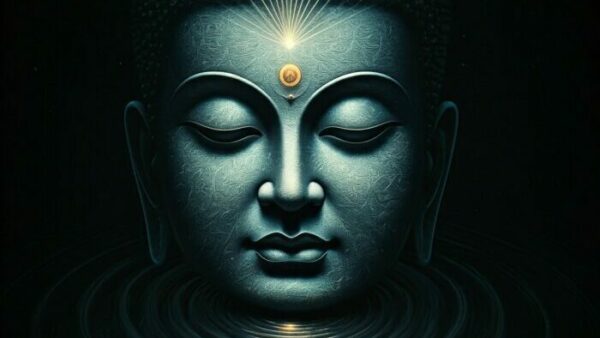
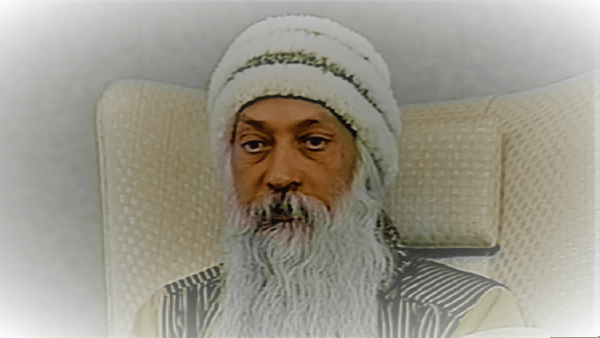


 Subscribe to my channel
Subscribe to my channel